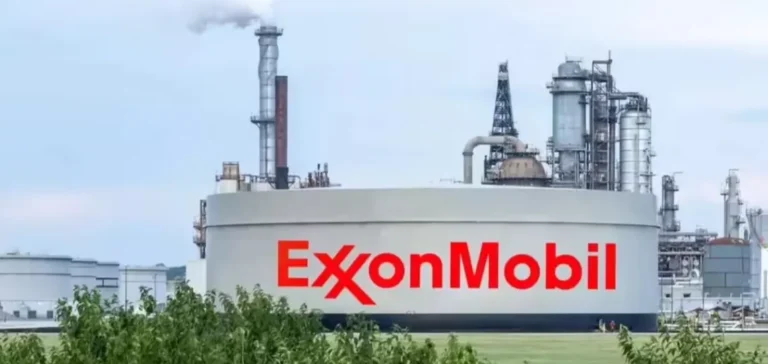Global demand for natural gas is projected to grow by more than 20% by 2050 compared to last year’s levels, according to Exxon Mobil’s latest outlook. The top US oil producer sees this trend as a gradual substitution of coal with gas to power industrial activity and meet rising electricity needs in emerging markets.
Natural gas gains ground in the energy mix
According to Exxon Mobil, oil and natural gas will still account for 55% of the global energy mix in 25 years, a decline of just one percentage point from 2024. These projections confirm the ongoing centrality of hydrocarbons in global energy supply, despite the expansion of renewable energy sources. The company also expects oil demand to stabilise after 2030, remaining above 100 million barrels per day through 2050.
Chris Birdsall, Exxon Mobil’s Director of Economics, Energy and Strategic Planning, stated that the industrial sector will be the main driver of this growth, particularly in Asia and Africa. He said natural gas offers “an effective solution to power industry while limiting the emissions challenges associated with coal”.
Targeted fuel reductions and industrial adaptation
The firm forecasts a 25% decline in long-term gasoline demand, directly linked to the growing adoption of electric vehicles. In contrast, demand for distillates is expected to remain strong, especially in commercial transport and aviation. This evolution will require progressive adaptation in refinery operations, according to Chris Birdsall, to adjust to shifts in fuel composition.
Emissions trajectory still distant from UN targets
Exxon Mobil estimates that global carbon dioxide emissions will reach 27 billion metric tonnes in 2050, a reduction of around 25% compared to current levels. However, this volume remains more than twice the level set by the United Nations to limit global warming. The company noted that emissions reduction will depend on making technology more affordable, while calling for public policies that avoid energy price shocks and supply disruptions.






















